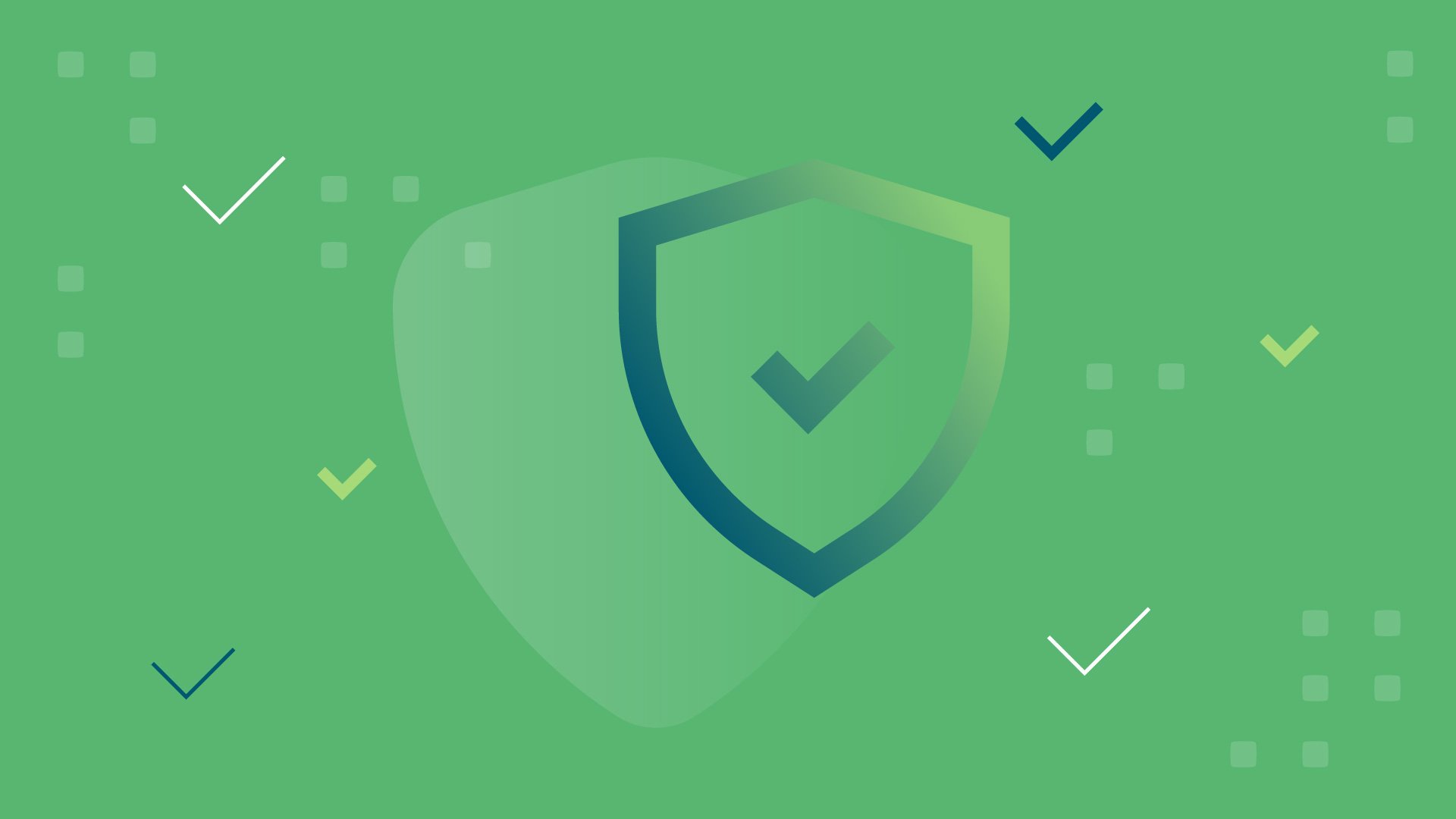Companies today are often unaware of just how vulnerable they are to security risks.
The more a company digitizes its business operations and processes, the more opportunities for hackers to have a field day.
Some of the most common risks are weaknesses within IT infrastructure and web applications. The former is the foundation of your organization, the latter your portal to the world. Both are ripe with opportunities for bad actors unless you’re fully prepared.
Not sufficiently securing your infrastructure and web applications can have very real and painful consequences for your organization.
In 2016 alone, some four billion records were stolen by hackers. These attacks create a loss of customers and revenue at best, steep fines and Congressional hearings at worst.
Tightening security
All the major cloud providers provide customers with a battery of security tools to protect their data and applications.
Microsoft Azure, for example, has invested billions in tools such as Microsoft Advanced Threat Protection, Azure Security, and Azure Sentinel.
These integrated solutions can be used to effectively secure environments (both cloud and hybrid), reduce licensing costs compared to patchwork solutions, and greatly simplify the process of ensuring your data and applications are secure.
As effective as these tools are, though, there are additional steps we usually encourage companies to take, either internally or with a third party. These steps are: penetration testing and a vulnerability assessment.
It’s not uncommon for these two terms to be intertwined, but in reality, they are distinct measures. To unpack them a bit:
Penetration testing is the process of replicating certain actions cyberattackers, either externally or internally, would likely take. Sometimes known as an “ethical hacker,” penetration testers essentially poke and prod your infrastructure and web applications to look for vulnerabilities.
Vulnerability assessments, or vulnerability scans, are used to discover potential weaknesses in internal systems and external perimeter devices, such as laptops and smartphones. These assessments should be conducted regularly and then reviewed in order to find and remedy any areas where malicious action can occur.
 Getting outside help
Getting outside help
As critical as security is, not every organization has the resources to dedicate to regular testing and assessment. That’s where working with an experienced third party can help.
Here at Redapt, we have the understanding and experience to help you build a thorough and effective security program. We can audit controls, perform regular penetration testing, and scan for vulnerabilities so your organization doesn’t need to invest heavily internally to build out the capabilities on your own.
With the right combination of tools—such as those provided by Microsoft Azure—and regular testing for vulnerabilities, you can greatly reduce the risk of hacks and other bad actions to your operation.
There is no “silver bullet” when it comes to security, but the more prepared and proactive you are, the easier—and faster—you can bounce back from any threats to your business.
To learn more about how Redapt can help you ensure your infrastructure and applications are safe and secure, reach out to one of our experts today.
Categories
- Cloud Migration and Adoption
- Enterprise IT and Infrastructure
- Artificial Intelligence and Machine Learning
- Data Management and Analytics
- DevOps and Automation
- Cybersecurity and Compliance
- Application Modernization and Optimization
- Featured
- Managed Services & Cloud Cost Optimization
- News
- Workplace Modernization
- Tech We Like
- AWS
- Social Good News
- Cost Optimization
- Hybrid Cloud Strategy
- NVIDIA
- Application Development
- GPU





